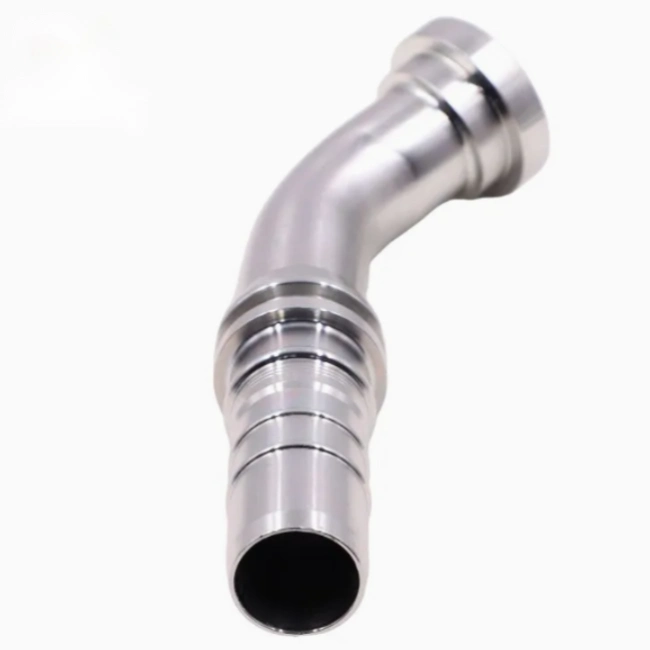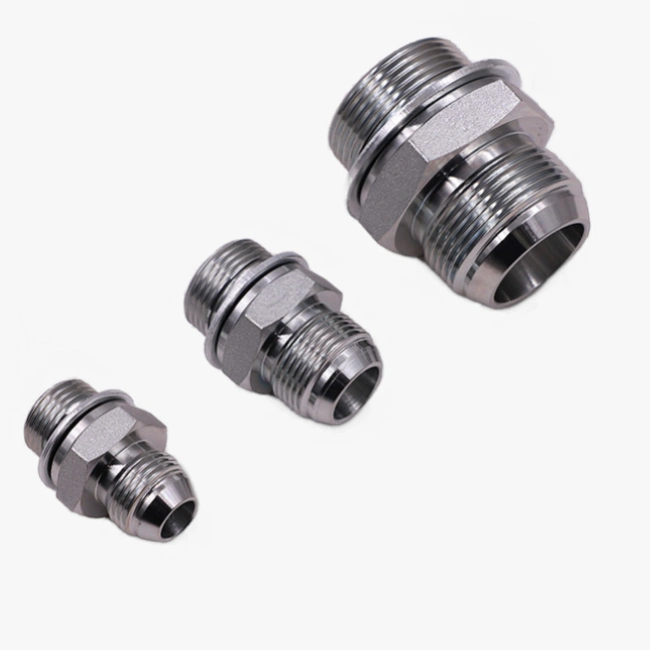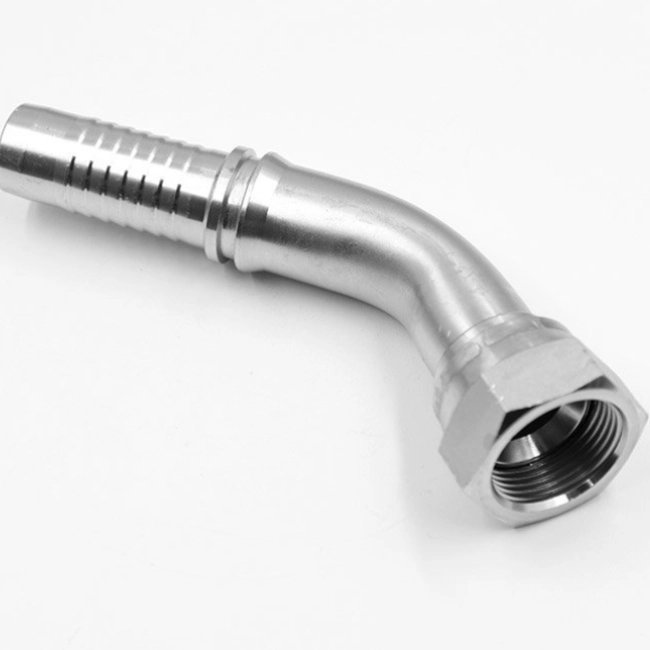The SAE Thread Standard was developed by the Society of Automotive Engineers (SAE International) and covers key requirements such as thread design, sealing forms, installation specifications and performance testing. The standard system is widely used in automotive, construction machinery, aerospace and hydraulic systems. The following is a breakdown and analysis of the core SAE threading industry standards:
SAE Basic Thread Standard
SAE J475
Topic: Unified Thread (Unified Thread) basic specification
Content:
Define UNC (coarse thread), UNF (fine thread), UNEF (ultra-fine thread) tooth type and tolerance class (1A-3A/1B-3B).
Specify thread size ranges (0 to 4 inches) and marking methods (e.g., 1/2″-13 UNC-2A).
Typical applications: general mechanical fasteners, structural connections
SAE J1273
Topic: Thread Lubrication and Rust Prevention
Requirement:
Salt spray test time (e.g., zinc ≥ 96 hours) for specified thread surface coating type (zinc, cadmium, Dacromet)
Recommended grease compatibility (e.g. molybdenum disulfide for high temperature environments)
SAE Standard for Sealed Fittings
SAE J514
Subject: 37° Flared Fittings for Hydraulic Lines (Flared Fittings)
Core Parameters:
37° flare angle, adapted to UNF/UNEF threads (e.g. 7/16″-20 UNF).
Working Pressure Rating: 3000 psi (conventional carbon steel), 5000 psi (stainless steel)
Application Scenarios: Fuel Lines, Brake Systems
SAE J1926
Topic: Straight Thread + O-Ring Seal Fittings (Straight Thread O-Ring Boss, ORB)
Design Features:
O-ring groove on female thread end (AS568 standard size)
Machined rebate groove on male root to avoid O-ring shear during assembly.
Typical sizes: 1/4“-19 UNF to 2”-12 UN
SAE J1453
Topic: Cone Seat Fittings
Sealing Mechanism:
24° taper to metal gasket interference fit (common in high pressure hydraulic systems)
Applicable Thread Type: UNF/UNEF
Pressure Rating: Up to 6000 psi (stainless steel)
SAE Performance and Test Standards
SAE J429
Subject: Mechanical Properties of Male Fasteners
Key Indicators:
Tensile strength classification (e.g., Grade 5: 120 ksi, Grade 8: 150 ksi)
Hardness range (Grade 8: HRC 33-39)
SAE J2530
Topic: Vibration testing of threaded connections
Test Method:
Simulation of preload decay under high frequency vibration (5-2000 Hz)
Evaluation of the effectiveness of anti-loosening measures (e.g. spring washers, thread adhesive)
SAE Thread Industry Standards Application Comparison Table
| Standard No. | Fitting Type | Sealing Mechanism | Pressure Range | Typical Industries |
| SAE J514 | 37° Flare | Metal-to-Metal Taper Seal | ≤5000 psi | Automotive Brake Systems |
| SAE J1926 | Straight Thread + O-Ring | Elastomer Compression Seal | ≤3000 psi | Hydraulic Valve Blocks for Construction Machinery |
| SAE J1453 | 24° Taper + Gasket | Metal interference seals | ≤6000 psi | Aerospace Hydraulic Lines |
| SAE J2462 | Flanged Seals | Flat Gasket Compression | ≤1500 psi | Low Pressure Cooling Systems |
SAE thread standard selection principle
Pressure level matching:
Low pressure (<1500 psi) → SAE J2462 Flanged Medium pressure (1500-3000 psi) → SAE J1926 O-Ring Seal High pressure (>3000 psi) → SAE J1453 Taper Seal
SAE thread media compatibility:
Fuel oil/hydraulic oil: preferred fluorine rubber (FKM) O-rings (SAE J2238)
High temperature gases: metal seal (J514/J1453)
Installation space limitations:
Compact space → SAE J1926 straight thread (no flaring tool required)
Large diameter pipe → SAE J516 flange connection
Compatibility of SAE threads with other standards
SAE Threads vs. ISO Metric Standards
SAE J514 is not dimensionally compatible with ISO 8434-1 (24° taper seal) and requires adapters
SAE J1926 Straight threads are partially interchangeable with DIN 3852 (O-ring seals).
Differences between SAE and NPT threads
SAE standard threads are straight threads (requiring secondary sealing), NPT is a tapered, self-sealing thread.
Prohibition of mixing: SAE UNF threads with NPT threads can lead to leakage.
Related Article:
Key Differences and Selection Guide for JIC vs SAE Hydraulic Fittings
SAE vs NPT Thread Differences and Compatibility
A detailed guide to 9 different types of hydraulic fittings
Conclusion
The SAE thread industry standard ensures a highly reliable connection by strictly defining the design, manufacturing and testing process. Engineers need to select the corresponding standard according to specific working conditions (pressure, medium, vibration) and combine with international standards such as ISO/DIN to realize system compatibility. Under the development trend of new energy and intelligent equipment, SAE standards continue to iterate, promoting thread technology to high-strength, corrosion-resistant, easy to maintain the direction of upgrading, if you have any other related questions about SAE threads, please contact our engineers, we will be free to answer for you.





